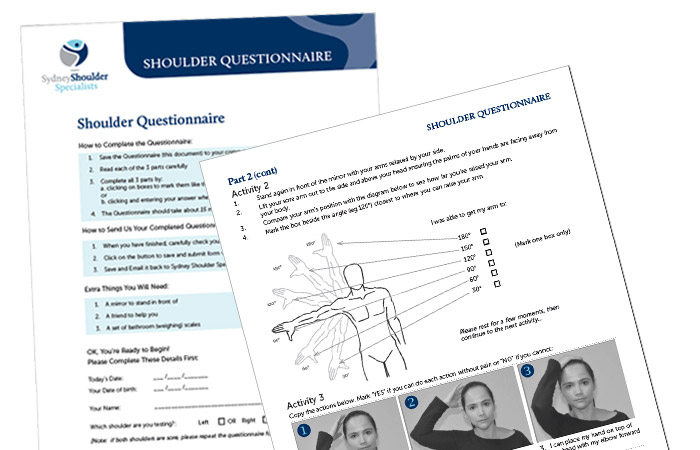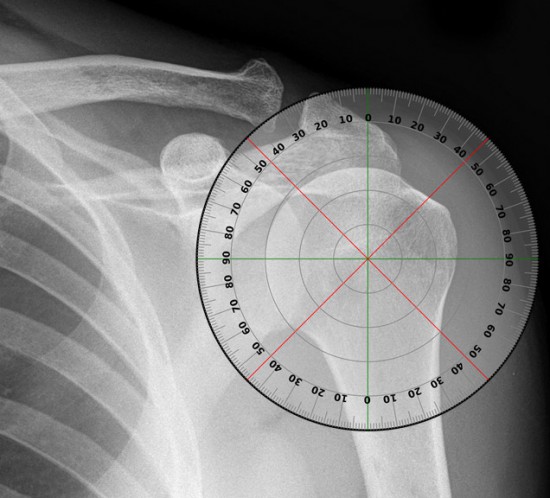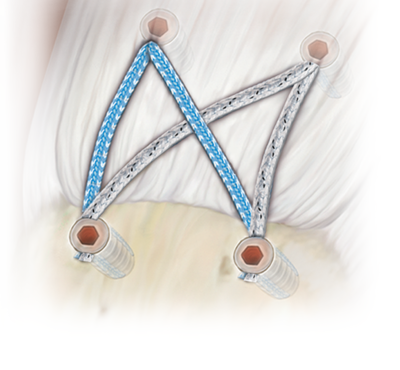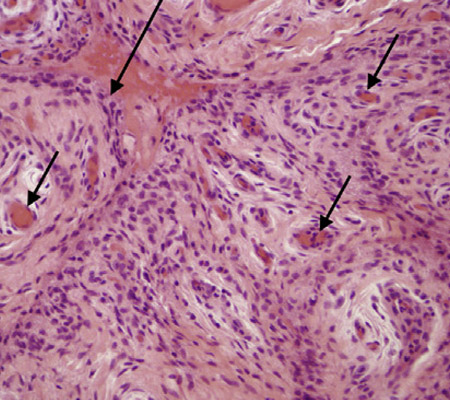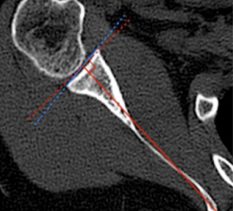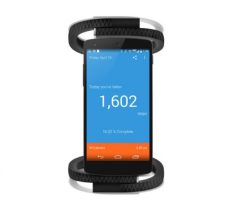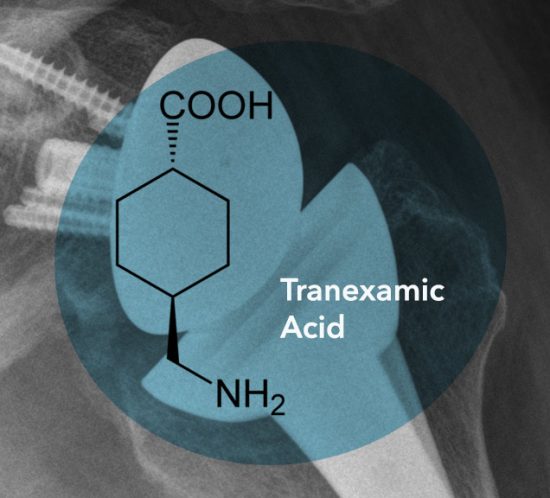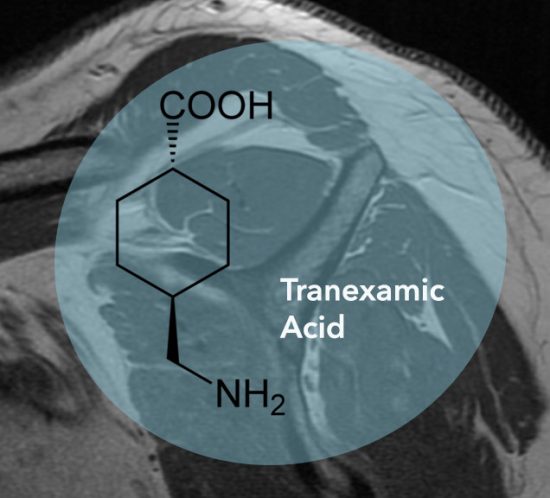Background
The Constant Score is a widely used shoulder-specific scoring system. Devised by Christopher Constant in 1987, this functional assessment score was conceived as a system of assessing the overall value, or functional state, of a normal, diseased or treated shoulder.
In 1992, the European Shoulder and Elbow Society mandated the use of the Constant Score in all peer-reviewed papers, making it the most widely used shoulder evaluation instrument in Europe (and around the world). It is reliable and reproducible, providing a subjective and objective measure of patient symptoms and strength. It also provides an important measure for patient follow up and has the potential to highlight specific patient concerns.



